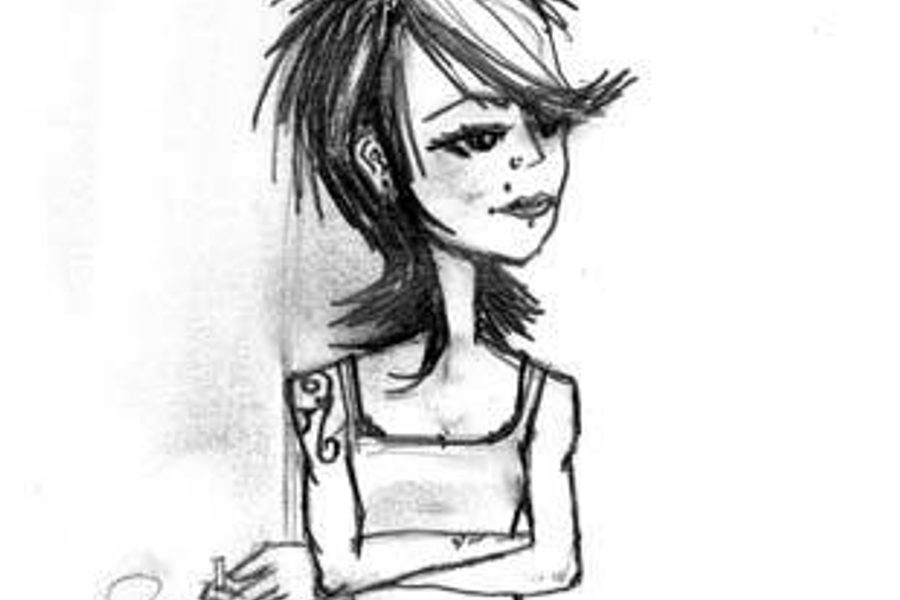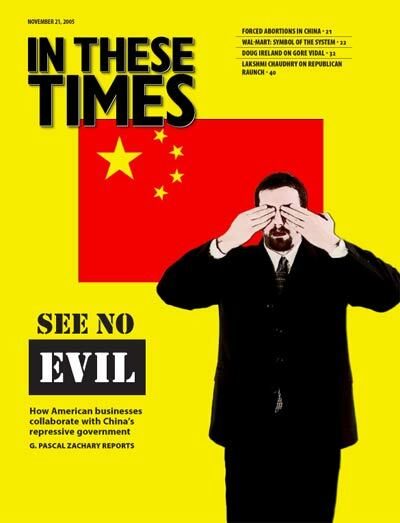
Mainstream commodification of alternative culture hardly seems noteworthy these days. While it may be infuriating to see corporations routinely boost their profits by mining rebellion from the fringe and repackaging it for the middlebrow, how are you going to stop TimeWarner, short of taking over its Manhattan offices and hauling the suits off in tumbrels?
Instead of spewing bile, Vanderbilt sociology professor Richard Lloyd takes a different tack on the subject: Just how does this culturally aware fringe create and live in their own spaces outside of the mainstream? His engaging but sometimes unfocused study, Neo-Bohemia: Art and Commerce in the Postindustrial City, takes as its subject Chicago’s West Side neighborhood Wicker Park – stomping ground of aspiring artists and musicians, not to mention hungry real estate agents and journalists looking for an easy local color piece. His goal? To “make sense of the role that the new bohemia plays in the context of flexible, global capitalism.”
Fortunately for the reader, this involves Lloyd – a University of Chicago graduate student in the ’90s – schmoozing scensters in a lot of coffeehouses and bars. While his approach provides a welcome sprinkling of color in what could have been a tedious economics slog, it also means Lloyd spends a fair amount of time listening to bartenders bitch about how Gold Coast yuppies and Schaumburg suburbanites don’t know how to act or tip.
Lloyd’s historical portrait of Wicker Park is spottily interesting, but likely slow going for anybody who knows the area even slightly. Once a European melting pot, the neighborhood became mostly Polish during the Depression before attracting waves of Mexican and Puerto Rican immigrants in the ’60s. After spiraling down due to white flight (and the disappearance of industrial jobs), Wicker Park began to turn around in the ’80s when artists seeking cheap rents and easy access to public transportation started moving in, grooving on the gritty character memorialized decades earlier by Nelson Algren. By the ’90s, music industry scouts were luring away neighborhood acts like Liz Phair, while art galleries and coffee shops opened at an alarming pace.
Lloyd crisply illustrates the neighborhood’s epochs though the dramatic history of the nondescript building at 1934 North Avenue: A dressmakers’ sweatshop in the early 20th century, it became a storage facility in the ’70s, then fell into disrepair in the ’80s, haunted by addicts and dealers. The space was occupied from 1989 to 1998 by Urbis Orbis Café, a classic hipster hangout remembered nostalgically by interviewees, then an antique shop and finally, in 2001, by the cast of MTV’s “The Real World,” whose members were treated to memorable demonstrations by locals irate at the mass media invasion.
Why were they so upset? Because Wicker Park had evolved into a “bohemia” – a state of mind/geography that in theory can hardly co-exist with mainstream capitalist society. For an example of bohemia in the classical Parisian sense, Lloyd references Balzac’s quip that bohemia is “a stimulating interlude until the chance for real work arrives.” Current-day bohemia is somewhat different: For all the lip service anti-capitalist viewpoints may be given in such alternative outposts, they are in fact capitalist enclaves producing not widgets or services, but culture. MTV didn’t show up for the coffee. They literally came to consume the cool – a phenomena detailed in depth by Lloyd’s fellow alums in The Baffler.
Lloyd’s description of the new bohemians of Wicker Park as “culture producers” may be far from romantic, but it’s certainly apt: “unpaid for their advance work, Wicker Park locals are useful as avatars of cool.” Lloyd shows how “the bohemian disposition that makes ‘living on the edge’ a supreme virtue is in fact quite adaptive to labor realities.” That is, being an artist/bartender with a flexible schedule and no mortgage dovetails better with the New Economy than the postwar 9-to-5 guy with two cars and a house. But while the hours may be great, cool doesn’t pay particularly well.
Does all this in the end make Wicker Park anything more than a test market for new trends? Does that even matter? Unfortunately, for all the affection Lloyd shows for his test neighborhood, Neo-Bohemia is far too square a book to even begin answering that larger and rather vital question. Despite his valuable insights, Lloyd’s analysis of hipster trends and attitudes is limited by its charming innocence, reminiscent of a ’50s reporter checking out the Village to see what those beatnik kids are up to.






